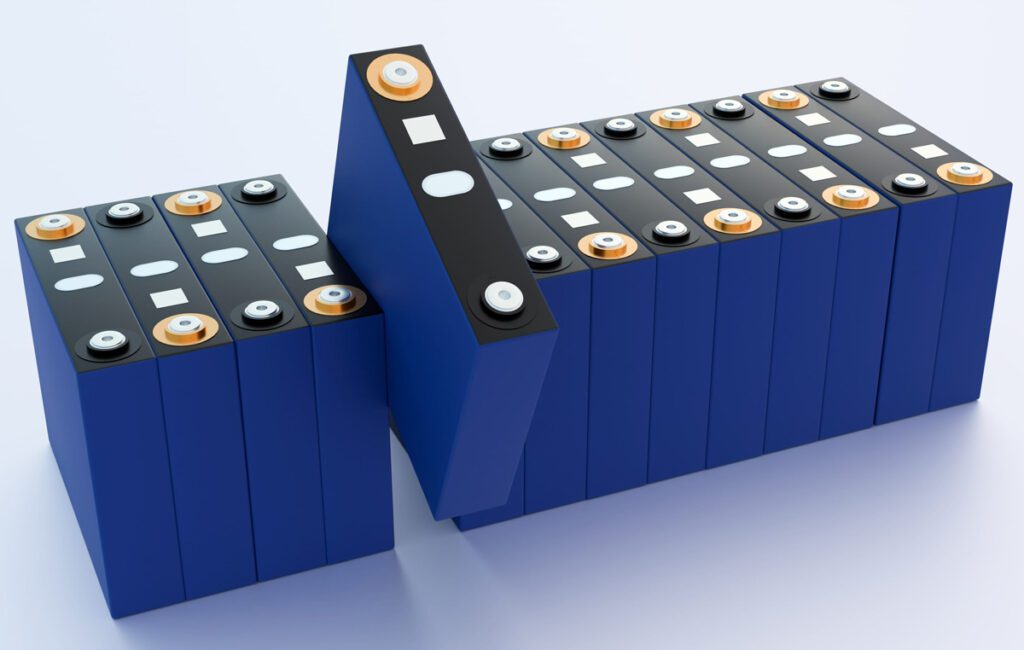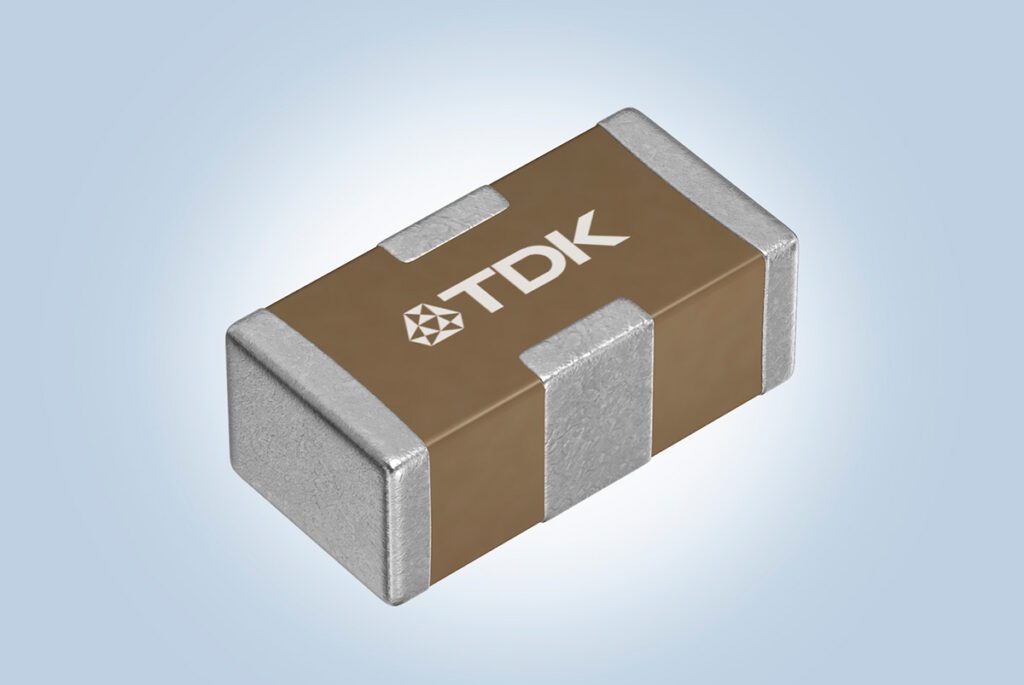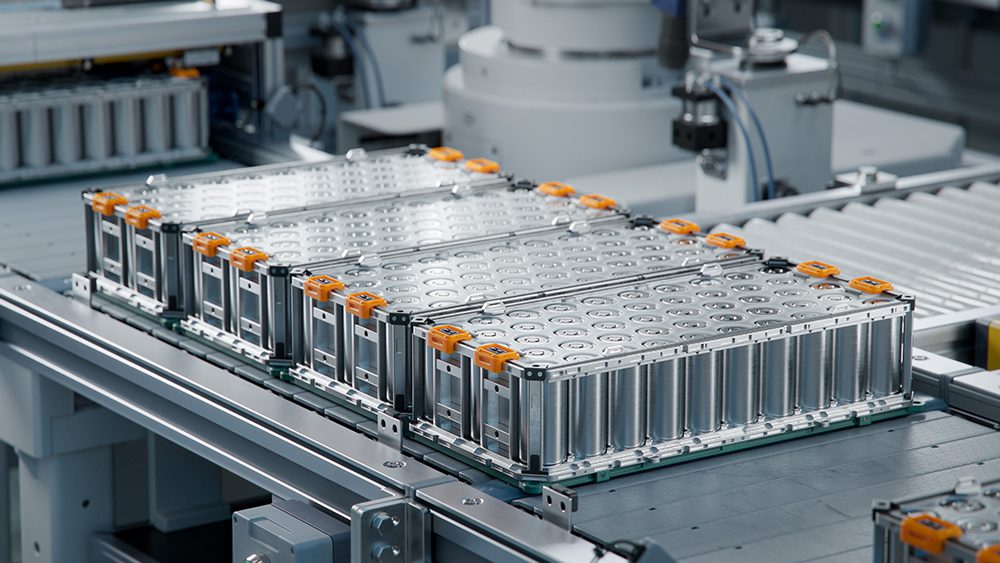(This article originally appeared in Charged Issue 6 – JAN/FEB 2013)
AllCell Technologies’ new phase change thermal management material
If you have spent time at any of the EV industry trade shows, you’ve probably heard the term thermal runaway. It refers to a chain reaction in which an increase in temperature causes further increases in temperature and uncontrollable release of energy. It’s the technical way that engineers like to say “explode.”
Lithium batteries are particularly susceptible to these thermal runaway events for a few different reasons, including their high energy content and their propensity to self-heat once the electrolyte reaches a certain temperature (anywhere from 70° to 130° C, depending on the chemistry).
 This makes the thermal management of an EV battery pack extremely important. Engineers who set out to design energy-dense packs have to employ robust cooling systems, often using liquid cooling loops with hundreds of channels. The complexity of these systems adds cost – somewhere around 10-20 percent of the overall cost of the battery pack.
This makes the thermal management of an EV battery pack extremely important. Engineers who set out to design energy-dense packs have to employ robust cooling systems, often using liquid cooling loops with hundreds of channels. The complexity of these systems adds cost – somewhere around 10-20 percent of the overall cost of the battery pack.

The Chicago-based firm AllCell Technologies thinks it may have a better solution: phase-change material (PCM).
A PCM is a substance that is good at absorbing large amounts of heat energy while melting from solid to liquid, and then releasing the energy while freezing back into a solid.
There are a lot of other industries that use PCM for thermal management. You will find it in everything from aeronautical to building applications. As of October 2012, AllCell holds the applications patent for PCM use in thermal management of lithium-ion batteries, ultracapacitors, and fuel cells.
How it works
The company’s PCM of choice is a graphite composite material – basically a combination of wax and the same stuff that’s inside pencils. A battery cell is surrounded by the PCM, and as it heats up, the waxy material softens, absorbing the heat. When the cell cools off, the PCM hardens, releasing the heat into the atmosphere.
The key to using it in packs with a large number of individual cells is the material’s thermal conductivity. If you have an individual cell that has a problem, such as an internal short circuit or nail penetration, that cell will create more heat than others.
When you have a big thermal runaway, the problem starts with a single cell, and then spreads quickly through the entire pack. This material can quickly move the heat away from the problematic cell and absorb it to prevent a chain reaction.
Massively passive
AllCell is now producing battery packs with its PCM technology for light EVs like bikes and scooters.
“Currently, in bikes and scooters there are no active cooling systems, so this is the only thermal management system that we believe is currently in that market,” says Jake Edie, AllCell’s VP of Business Development.
Thermal management systems that use fans and pumps add cost and weight, and take up precious physical space that light EVs can’t spare. AllCell’s PCM has a big advantage here, because it mainly occupies the space between the cells, previously filled with air.
“[Current light EV battery packs] are suffering in cycle life and in energy density in a lot of situations, because the more energy density packed into a small space, the more heat is generated in that small space,” Edie explains. “So a lot of manufacturers are shying away from the high-energy-density cells [for light EVs], and they’re limiting the discharge rates, because high rates create more heat as well. We’re able to solve these problems and also increase the safety.”

AllCell supplies battery packs for the French scooter maker Matra, which designed a novel electric scooter as a delivery vehicle mainly for fleet applications, with manually swappable batteries. “When they first came to us they had a different battery supplier using the same battery case, and they could only get 30 km of driving range. We designed and manufactured a pack using high-energy-density cells with our thermal management PCM, and we took that from 30 to 55 km.”
AllCell’s redesigned pack offered a significant range increase for the same physical space. The key was “passive” thermal management – no fans, no pumps, no energy consumption, only the addition of the heat-absorbing PCM.
Automotive moves
Earlier this year, the company formed AllCell Automotive with Townsend Ventures in an attempt to enter the heavier electric vehicle space. Townsend is an investment firm heavily focused on energy, with interests in battery-related companies like Dow Kokam and Energy Power Systems, to name a couple.
 It’s hard to get a new technology into a car company, so it will likely take some time and hard work before AllCell’s PCM sees production with a major OEM. But Edie tells us the right conversations have started in a few places. “The engineers we talk to understand the benefits and are really interested.”
It’s hard to get a new technology into a car company, so it will likely take some time and hard work before AllCell’s PCM sees production with a major OEM. But Edie tells us the right conversations have started in a few places. “The engineers we talk to understand the benefits and are really interested.”
The potential benefits of incorporating PCM into automotive battery pack design are quite appealing, so we can imagine that the automakers will take a close look at the technology.
For one thing, it offers the possibility of removing liquid from battery systems. Liquid coolant has the tendency to leak – the likely culprit in some highly publicized smoldering Chevy Volt cells (after they took a beating in federal crash tests).
While the addition of PCM won’t likely remove the need for active cooling altogether, it could simplify things. During high discharge rates (heavy acceleration) the heat generation goes up exponentially. The PCM can absorb the spikes of heat, so engineers can size the active system to the average thermal load rather than the peak – potentially replacing flowing liquid between each cell with a couple of fans or a simpler, more isolated liquid loop.

How is melted wax any safer? you ask. Well, so did we. Edie explained that it remains solid. “The wax is microencapsulated within the graphite matrix. When the wax melts there’s enough surface tension between the wax and a graphite matrix that it doesn’t leak out. You could heat the material up to 300° C, and it will become soft enough for a thumbprint, but it will remain solid.”
What about the PCM’s electrical conductivity; isn’t that a problem? “The electrical conductivity is generally the biggest issue that our customers are worried about, but in the end it’s really not that complicated of a problem to solve. We have some very simple materials that can provide electrical isolation between the phase change material and the surface of the cell. We’ve implemented that in a wide variety of different design types. So, conductivity is the main challenge, but it’s certainly not an insurmountable one. A little bit of intelligent design can solve it.”
Another major benefit of PCM’s peak-heat-absorbing properties is the potential to reduce the amount of kilowatt hours in the pack. In a lot of cases, battery designers oversize the pack to limit the peak heat generation, or to account for the electrical load needed for active cooling systems. They underutilize the full potential of the cells, because it is really expensive to size an active system that can remove enough heat during peak events. So, adding PCM could potentially simplify the cooling system and simultaneously allow engineers to right-size the pack.
Engineering Notes: By how much can PCM reduce the operating temperature?
There are a variety of different lithium chemistries on the market, and they have different temperatures at which they start to have more rapid breakdown. For the types of chemistries seen in automotive batteries, those temperatures generally range between 40° and 60° C. The commonly used iron phosphate-based chemistries don’t generate as much heat, but they are also less tolerant of higher temperatures. So, they tend to be maintained around a 40° C maximum temperature, while some of the higher energy-density chemistries can get closer to 60° C.

When comparing a traditional active cooling system to one that uses PCM, you will not likely see a difference in operating temperature, because both of them have to be designed to stop the cells from getting too hot. However, AllCell says that when you look at a pack with no thermal management versus a pack encased in PCM, the operating temperature is reduced by 10° C or more.
While PCMs have been proven to remove a lot of heat, the real question is, can they remove cost? “It’s a cost-effective solution,” says Edie. “[Using PCM] adds a few percent to the cost of the entire battery system.”
AllCell claims that in the light EV space, where there is typically no thermal management, they’ve seen the addition of PCM extend the cycle life of the cells by 50 percent or more, and sometimes up to 100 percent. That seems like a no-brainer, but in a vehicle that already has an active cooling system, it’s a different value proposition.
It is difficult to get really accurate numbers on the cost of active cooling systems. Automotive companies are not quick to share their cost structures. However, 10 to 20 percent is the figure that gets thrown around a lot. AllCell believes it can “dramatically downsize this cost.”
 “We are targeting a cooling system, which may include an active component with PCM, that is significantly less than 10 percent of battery cost, depending on the battery pack’s application: start/stop, hybrid, plug-in hybrid, or pure electric vehicle,” Edie explains. “A few percent of battery cost is roughly what we’re talking about for full-size EVs.”
“We are targeting a cooling system, which may include an active component with PCM, that is significantly less than 10 percent of battery cost, depending on the battery pack’s application: start/stop, hybrid, plug-in hybrid, or pure electric vehicle,” Edie explains. “A few percent of battery cost is roughly what we’re talking about for full-size EVs.”
To go from 20 percent to a few percent is huge. The larger battery packs are in the $10,000-$15,000 range, so we’re talking about thousands of dollars in savings.
On the road
AllCell has worked with a few European OEMs on a co-development level – modeling and providing samples for prototypes – and is in the process of quoting for production quantities. So when could we see this promising new material on the road? Probably not for a few years. Edie says the company has its eye on “mid to late decade for vehicle production.”
This article originally appeared in Charged Issue 6 – JAN/FEB 2013





















































































